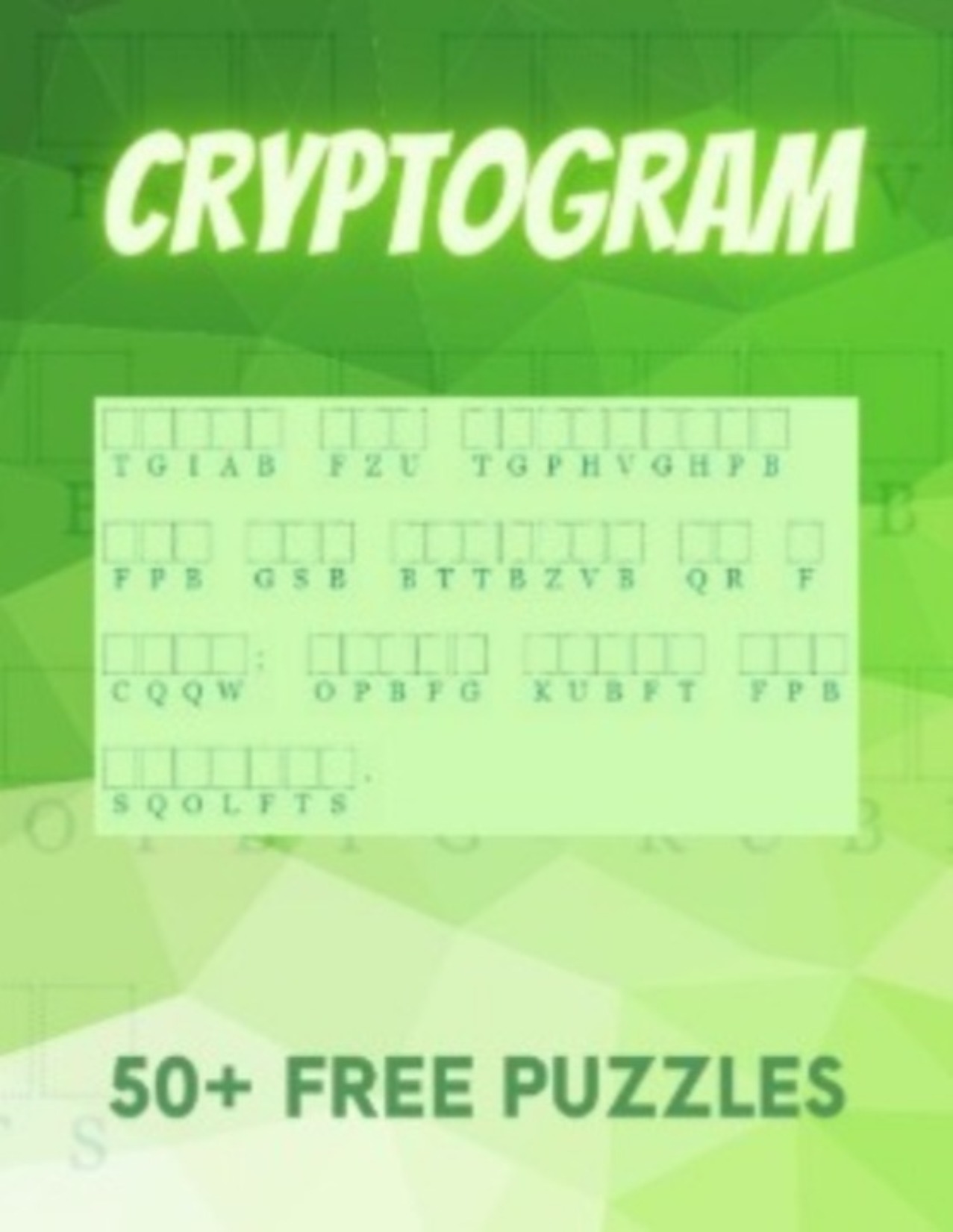Cryptogram Puzzles
Cryptograms were first employed in combat to prevent the adversary from discovering plans if a courier got caught. Because it takes some time and ingenuity to answer these mysterious problems, this type of encryption was, to some extent, quite effective for both sides. There was always the risk that someone would break the code, and it was more frequently than not the case that one army or the other had such a person on hand.
Many people believe that cryptograms are too tough to solve and have never attempted one. They can be difficult, to be sure, but with a few simple tactics, they are not as tricky as they appear. Solving them primarily entails using logic and knowledge of typical patterns of word construction and some trial and error. It simply takes a little time and persistence if you know what to do. The key to solving cryptograms is knowing where to begin, and this will vary from puzzle to puzzle. However, they all have a few things in common, and knowing about them will make things easier.
Look for words with only one letter. Because "I" and "a" are the only two single-letter words in English, things are a little easier. You can presume the letter is "a" unless it is capitalized, and you'll be fine. If you're lucky enough to have "a" as your starting point, replace all of the same letters with "a." If a single letter word in the middle of a phrase is capitalized, you may be pretty sure it is the letter "I"... Then you can get rid of all the letters that start with "I."
Following that, you should examine all of the little words. Two-letter words include "on," "in," "at," "to," "of," and so on. "the," "and," "but," "two," "too," "can," and so on are examples of three-letter words. It'll be primarily trial and error here, but you'll have a starting point, and elementary grammar will come in handy. Simply keep trying new terms until everything fits and makes sense. The positioning of the words might also provide important information. Some two and three-letter words are rarely used at the start or finish of a sentence. For example, you wouldn't see "or" at the beginning of a sentence, nor "the" at the end.
Sometimes you'll get lucky and get a string of letters that have to be "that," "other," or "ever." Look closely for patterns like these in the puzzle's wording. A double letter pattern within a word is another item to look for. Because just a few letters appear as doubles in words, you can experiment with them to see how they fit. The most frequently doubled letters are "e," "l," "t," "r," "s," "o," "m," "n," and "p."
Remember that the most frequently used letters in the English language are "r," "s," "t," "l," "n," and "e." Therefore, if a letter appears more frequently than any other in the puzzle, it is most likely "e" or "t," closely followed by the others. Spelling patterns will also serve as guidance in this case.
Once you've begun and you've solved a few words, in other words, you've deleted letters. The rest will be easier to tackle if you have a basic understanding of spelling standards and sentence construction. You'll soon be able to fill in the blanks. It won't be long before you've finished, and you might opt to start another.
DOWNLOAD 50+ FREE CRYPTOGRAM PUZZLES!!!
